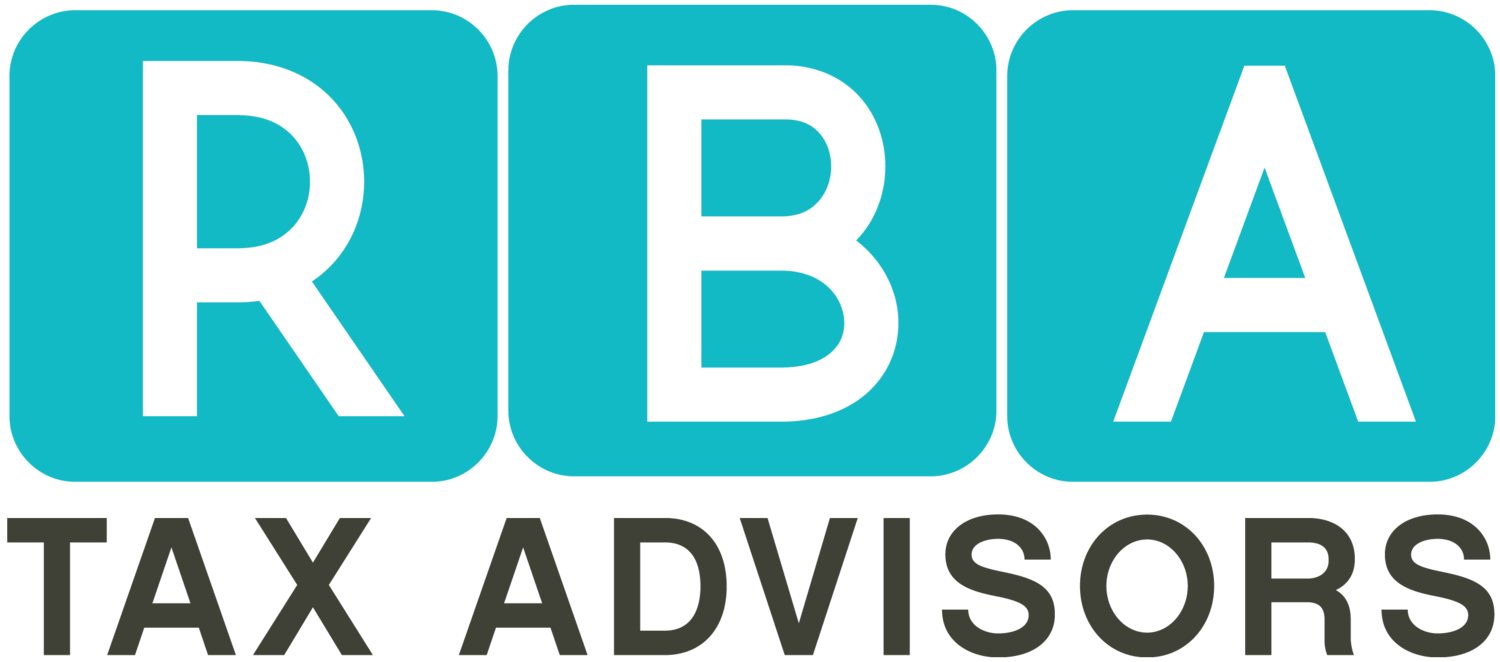With the high cost of health care, business owners need to ensure that they are maximizing their deductions by implementing the right steps to claim 100% of their expenses incurred for healthcare. You are eligible to utilize the self-employment insurance premium deduction on your individual income tax return (Form 1040). This includes deductions for medical and dental insurance (included Medicare premiums) and qualified long-term care insurance for self, spouse, and dependents. In order to claim a deduction for health care insurance premiums, you will need to complete the following steps to get the full deduction.
Step 1, get the cost of the insurance on your books.
- Choice 1. Your business makes the premium payments for the accident and health insurance policy covering you who has more than 2 percent ownership (and his or her spouse or dependents, if applicable).
- Choice 2. The owner makes the premium payments to the insurance company and furnishes proof of the premium payments to the business, which in turn reimburses the owner-employee/member for the premium payments.
In Step 2, if you file as an S corporation then include on the owner-employees W-2 form. The income is not subject to payroll taxes (Social Security and Medicare). If you’re taxed as a partnership, include this amount as guaranteed payments on schedule K-1.
In Step 3, the owner-employee then claims the health insurance deduction on page 1 of Form 1040, providing you otherwise qualifies for the page 1 deduction.
Since you are taxed as an S-Corporation or a Partnership, your business will need to establish a plan, for you to be able to take the deduction on your personal tax return. You can also increase your deduction by adding a Health Savings Account (HSAs) to help cover out of pocket medical expenses. For 2018, here is what you can look forward to deducting using an HSA.
- Deduct the health insurance cost. To enable the HSA, your health insurance must be a high-deductible health insurance policy. Sole proprietors, partners, and S corporation owners can qualify to deduct this high-deductible insurance on page 1 of Form 1040. (The page 1 Form 1040 deduction does not suffer the 10 percent haircut that applies to itemized medical deductions.)
- Deduct the HSA contribution. For 2017, you can make a deductible HSA contribution of up to $3,400 if you have qualifying self-only coverage, or up to $6,750 if you have qualifying family coverage (anything other than self-only coverage). You get this deduction whether you use it or not, so your account can continue to accumulate.
- Tax-deferred earnings. The monies accumulated in your HSA grow and compound tax-deferred (or even tax-free if you withdraw correctly).
- Tax-free withdrawals. Withdrawals from your HSA are tax-free when you use the monies to pay for qualified medical expenses. You can’t pay your high-deductible premiums with HSA funds. But once you reach Medicare age, you can use the withdrawals for Medicare premiums in addition to other qualified medical expenses.
- Retirement withdrawals. You can make your HSA work like a traditional IRA after reaching Medicare age. To make this happen, you just withdraw funds from the HSA and don’t use them for medical expenses. This triggers the federal income tax but no penalties.
For more information tax saving strategies, visit RonicaBrownAgency.com/blog


